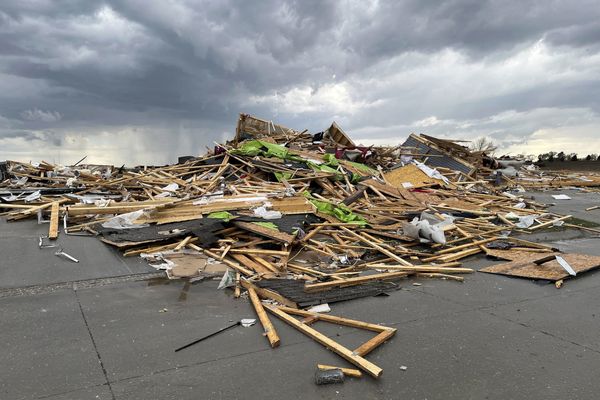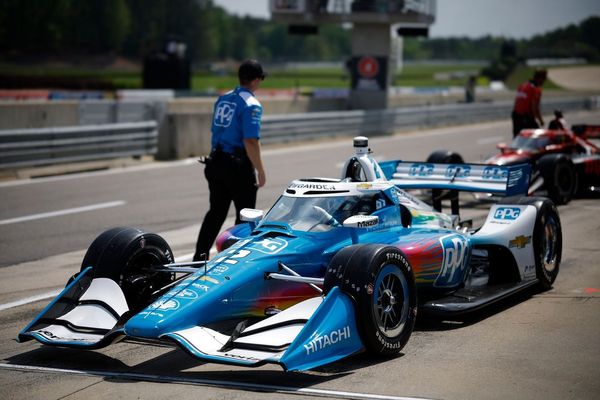
Both were turnaround men of extraordinary calibre. But while Krishnamurthy’s talents were sought by successive prime ministers to transform loss-making state-owned entities into the crown jewels of India’s public sector – Krishnamurthy first saved BHEL from collapse, then turned around SAIL and went on to transform GAIL and also founded Maruti Udyog – Irani was a Tata lifer.
But the fact that he confined himself to a single employer and a single company does not make Irani’s achievements any less stellar. Joining the then Tata Iron and Steel Company (TISCO, now Tata Steel) in 1968, the “Steel man of India" as Irani was popularly known, was to be associated with Tata Steel for the next 43 years, till he stepped down in 2011 as non-executive director.
You might also like
Three next-gen Tatas put on a Tata trust board
So, what’s the big deal about the blue tick anyway?
FY24 capex goal may be raised to ₹10 trillion
How Bengaluru airport is bridging the gap with Delhi, Mumbai
Irani faced the same challenge Krishnamurthy did – how to transform a legacy steelmaker (TISCO was founded in 1907) – into a modern one, the one which was efficient enough to compete with global peers. When Irani took over as Managing Director of Tata Steel in 1992, India had just embarked on a period of liberalisation and transformation of the economy.
This had its upsides and downsides. The biggest downside, of course, was the withdrawal of government controls on steel production, pricing and distribution. In a 2001 article in the journal Vikalpa, Irani recalled the impact: “From a regime where price increases and low-quality products were handed over to the consumer
effortlessly, die protective umbrella was removed to expose the business to the glare and demands of the consumer. But we took it up as a challenge and in effect, it became a blessing in disguise for Tata Steel – for it was to be the starting point of years of striving to trim costs, modernizing the plant, enhancing operational efficiency, developing a high margin downstream product mix, and increasing productivity."
This was easier said than done, When Irani took over, the company was beset with a swathe of problems. A case study on Tata Steel’s transformation by DVR Seshadri and Arabinda Tripathi of IIM-Bangalore noted: “The range and magnitude of problems that confronted the company by the early nineties included global competition, product quality issues, poor compliance in meeting delivery commitments, an outdated plant, and an over-sized workforce (about 85,000)."
In fact, the public sector SAIL, around that time, had managed to transform faster and was actually making much heftier profits than Tata Steel.
But profitability wasn’t the only problem. Management was equally problematic, with a complacent leadership used to the “allocation" market of the command-and-control era unable to deal with the liberalised environment. McKinsey at the time even questioned whether the company’s top management was responsible for the destruction of shareholder value.
Irani set about transforming this, setting in place the structure of what was to become known as the ‘Tata way" of management, which included transparency and accountability at the top. He also initiated a transformation journey on the quality front, introducing the Japanese concept of ‘quality circles’ in India. He took labour leaders on tour to Japan and Korea to see for themselves the kind of productivity and quality increases that their steel industry had achieved, while at the same time, winning the unions over to a workforce reduction plan, which included what at the time was India’s best voluntary severance package. He also introduced the hitherto alien concept of customer focus, dividing the business into some 80 large enterprise accounts, some 200 key accounts and the rest through distribution accounts. By the start of the current millennium, Tata Steel was ranked amongst the world’s top 10 steel manufacturers.
“Vision without action is merely a dream. Action without vision just passes time. But vision with action can change the world." This quote by futurist Joel Arthur Barker – incidentally, the man who also introduced the term “paradigm shift" to the corporate world – was one which Irani liked to use, when talking about his experience in turning around Tata Steel. Irani walked the talk on vision with action. He may not have changed the world – but he indelibly changed the company he helmed for over four decades.
Elsewhere in Mint
In Opinion, Vivek Kaul tells how to rid the GDP of male chauvinism. Niranjan Rajadhyaksha writes on why inflation takes longer to go down. Arpita Mukherjee & Eshana Mukherjee explain why we have not gained from our FTAs. Long Story exposes an accounting twist that just erases emissions.







